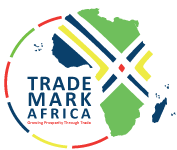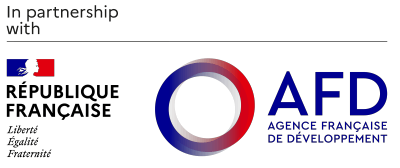DAR ES SALAAM – Tanzania has embarked on a major shake of its ports, railway and road networks to handle surging cargo traffic caused by its own economic boom and similar expansions in neighbouring countries.
“We’ve set specific timeline targets for every sector, port, road, rail – the lot. And if these targets are not met, then heads will roll, including mine, and I am rather keen to keep it where it is,” Tanzanian Transport Minister, Harrirson Mwakyembe said.
The Programme, called Big Results Now, marks a determination by the government and its development partners to modernise its infrastructure to cope with current and projected demand as East African economies grow at rates that would make the United States envious.
Tanzania is growing by around eight percent a year and similar rates are being enjoyed by all its East African Community (EAC) partners, driving demand for construction and consumer materials from Dar es Salaam to the shores of Lake Kivu.
In contrast to previous plans, the Minister said that targets set by the National Key Result Area (NKRA) of the plan would be regularly scrutinized because “periodic measurement of performance is of critical importance, as is adherence to targets.”
This will not be a grandiose five-year-plan to gather dust and be replaced by another. “An efficient transport sector is essential for the sustainable development of any country, so ability to keep track of level performance cannot be over-emphasised,” he said.
The plan, built with assistance from donors, including TradeMark Africa, aims to capitalize on Tanzania’s geographical position as a natural gateway for Central and Eastern Africa. Dar es Salaam port already has a 14% share of the imports and exports of neighbouring states such as Zambia, Democratic Republic of Congo, Rwanda and Burundi.
“This is am ambitious but far from unrealistic plan if the goodwill for change and modernization can maintain its momentum,” said Mark Povey of TradeMark Africa (TMA) Tanzania. “East Africa’s transport costs are amongst the highest in the world and these plans could bring them down to the benefit of the government, operators and consumers.”
The plan openly acknowledges that its ports, roads and rail networks are not performing to potential, especially at the lifeline Dar es Salaam port.
Some examples:
- Idle and waiting time accounts for 76% of time spent by cargo at Dar port.
- One third of road travel time is caused by unnecessary or duplicated road-blocks, checks and bureaucracies known as Non-Tariff Barriers (NTBs) to trade.
- Central rail freight has fallen from 11.5 million tons in 2002 to 0.2 million in 2011.
Tanzania hosts the lifeline central corridor route to Central Africa as well as routes southwards towards Zambia and Malawi. But it is dogged by complaints of time and money-wasting delays which put the average time of a truck journey from Dar es Salaam to Tanzania’s border crossing at four days.
TradeMark Africa (TMA) has also partnered with the Central Corridor Transit Transport Facilitation Agency (CCTTFA) and the Tanzania Chamber of Commerce, Industry and Agriculture (TCCIA) to identify, monitor and help remove choke points caused by NTBs such as ungazetted police road checks and time-consuming duplication of revenue and other checks.
A vital key to improved overall performance is improvement to Dar es Salaam port, which currently handles around 12 million tons a year but is projected to have a throughput of 18 million in 2015 by improving efficiency, strengthening administration and bringing in new equipment and infrastructure.
Dwell time for port cargo is to be reduced from 14 days to 5 days with an improved layout to handle additional goods and better flow to replace physical and bureaucratic log jams and raise container output by 118% from 678,000 units to 1.475 million by 2015.
“The key to the port plan is to make use of the existing potential rather than build a new port or start all over again,” said TradeMark Africa (TMA) port expert Anthony Hughes. “Decongestion in the port, and on the roads, holds the key.”















